Egypt is trying to make Cairo look like Dubai. It's taken 10 years and cost $58 billion.
James Pasley

- Since 2015, Egypt's government has been working to create a new, modern Egypt.
- They are building a $59 billion city in the desert and have already built 4,350 miles of new roads and 900 tunnels and bridges.
Cairo is in flux.
Egypt's president Abdel Fattah el-Sisi is trying to turn Cairo into a modern city, like Dubai.
He's also building a whole new city in the middle of the desert near Cairo to house his government as well as 6 million residents. It will be called the New Administrative Capital.
But all of this development comes at a cost. Thousands of tombs and graves as well as hundreds of acres of public green space have been razed in Cairo to make way for the new highways and bridges.
Here's what's going on and why.
Cairo is known for its heat, crowds, traffic, and history.
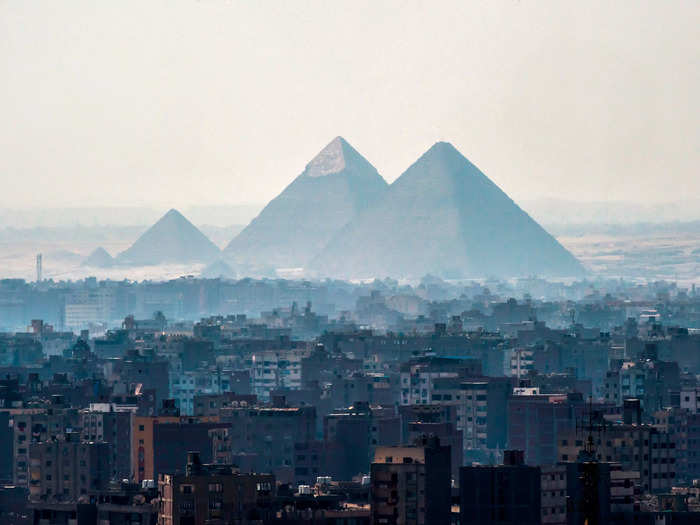
Like many big cities, Cairo is often in a state of change.
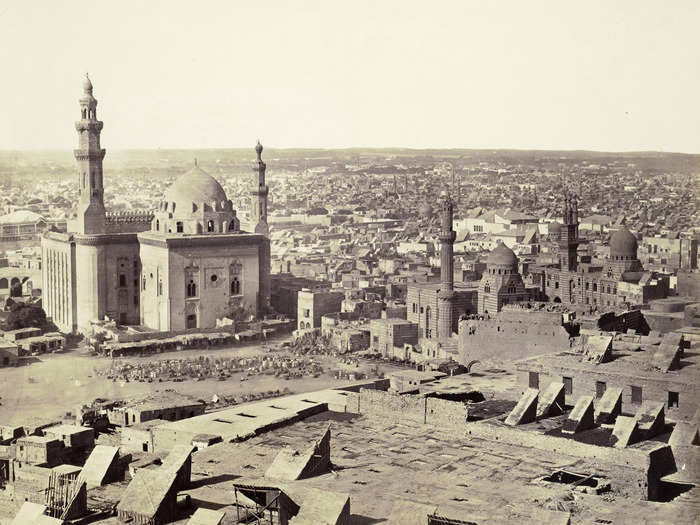
But in 2014, President Abdel Fattah el-Sisi, a former general, took over. He decided Egypt would go in a new direction.
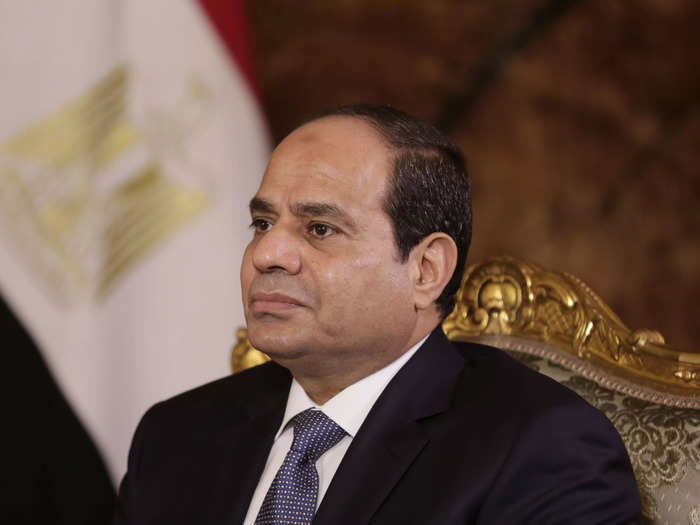
His mission was to rebuild the economy.
He had big plans to ease Cairo's overpopulation and move the country into the 21st century. His answer was to build an entirely new city.
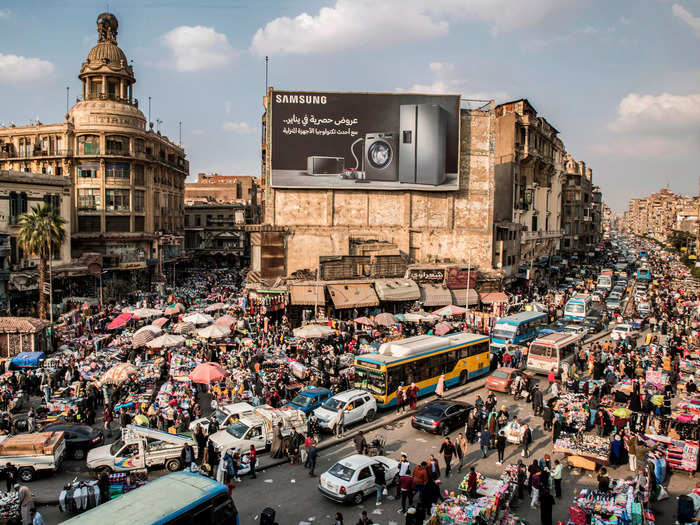
Ahmad el-Helaly, a government official, told the New York Times: "Cairo is too overcrowded. We have to do something to regain the glory of ancient Cairo, to restore the beauty of ancient Cairo."
El-Sisi planned to move the government and 6 million residents 28 miles out of Cairo into a new city, which would be called the "New Administrative Capital."
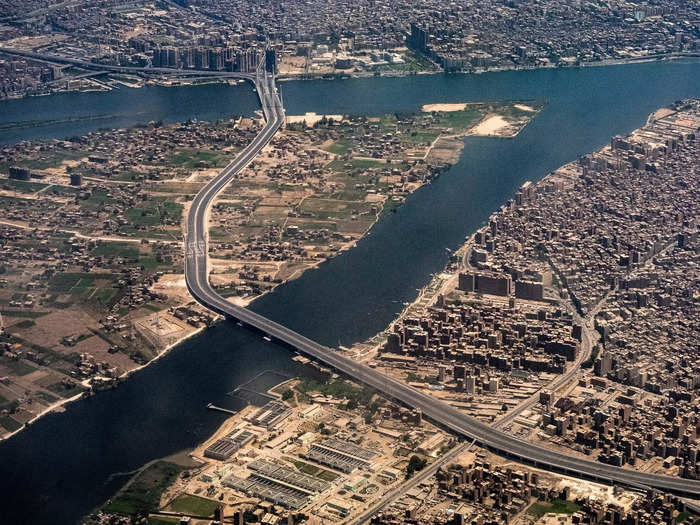
The New Administrative Capital is a sprawling artificial city built in the desert.
So far, it's reportedly cost about $58 billion, mostly paid for by taking on debt.
It includes a sun god-inspired palace, a crystal pyramid, and the Iconic Tower, Africa's tallest building at 1,292 feet.
It also has a building called the Octagon, which is a massive military complex.
In late 2021, el-Sisi said, "All of Egypt must be like the new capital and that's what your dream should be," The Wall Street Journal reported.
El-Sisi's vision was for an Egypt that resembled Dubai — modern and sleek, with high rises appearing out of the desert.
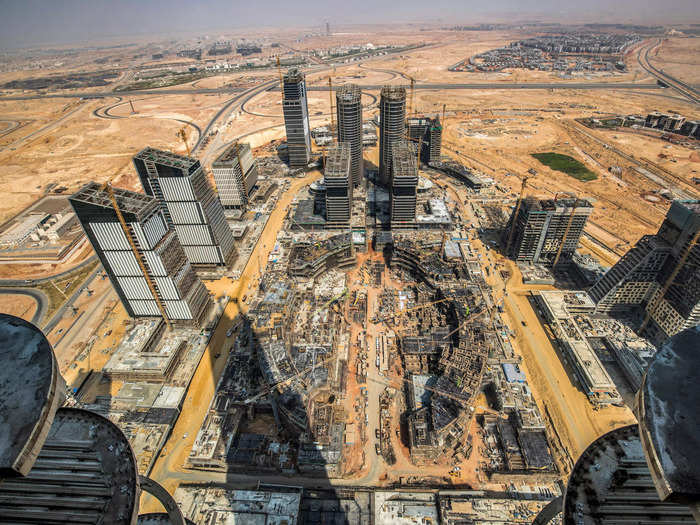
In 2015, work began on his New Administrative Capital, and Cairo's makeover took off in 2017.
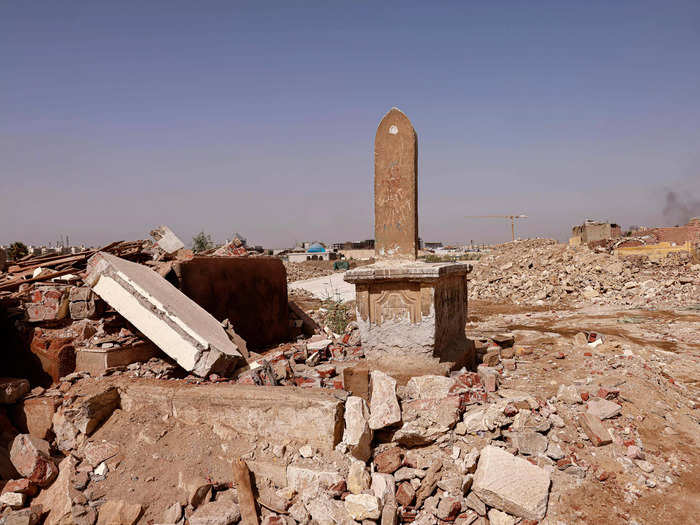
To ease Cairo's congestion, the government has been building roads, tunnels, and bridges to link the city to the New Administrative Capital.
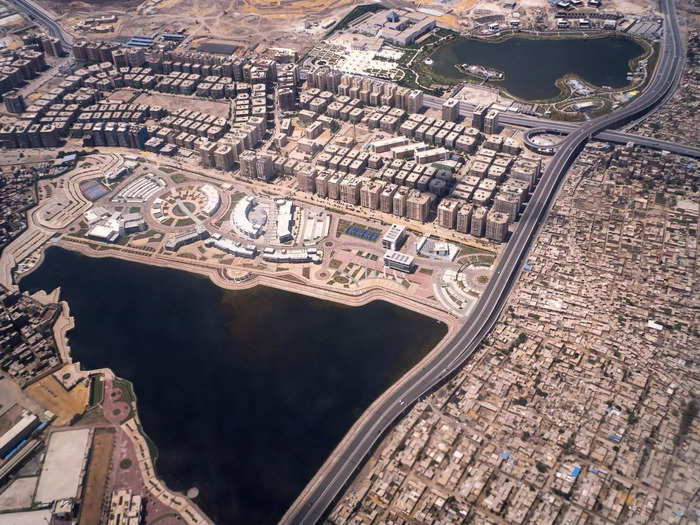
Since 2014, Egypt's government has built about 4,350 miles of new roads and 900 tunnels and bridges. They're appearing so quickly taxi drivers in Cairo are struggling to remember them all.
Most of it has been built to link upper-class Cairo suburbs.
And all of this development has come at a cost for Cairo. In particular, large chunks of Egypt's City of the Dead have been razed to make room for new highways.
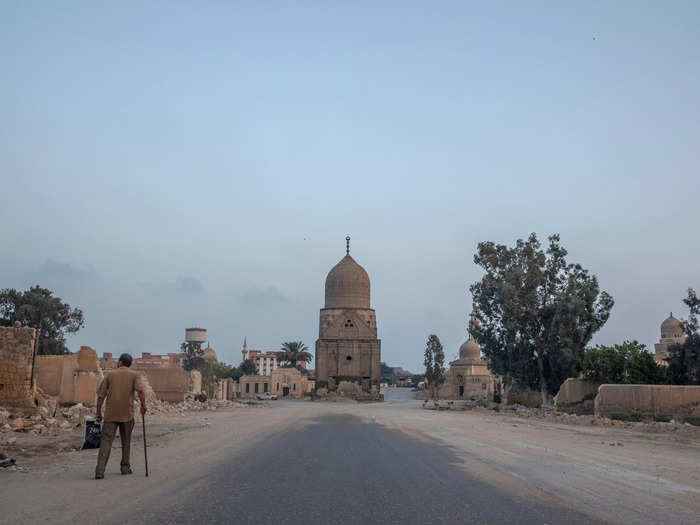
The City of the Dead is a 7-kilometer section of east Cairo where thousands of tombs and cemeteries have been used as burial places since the seventh century.
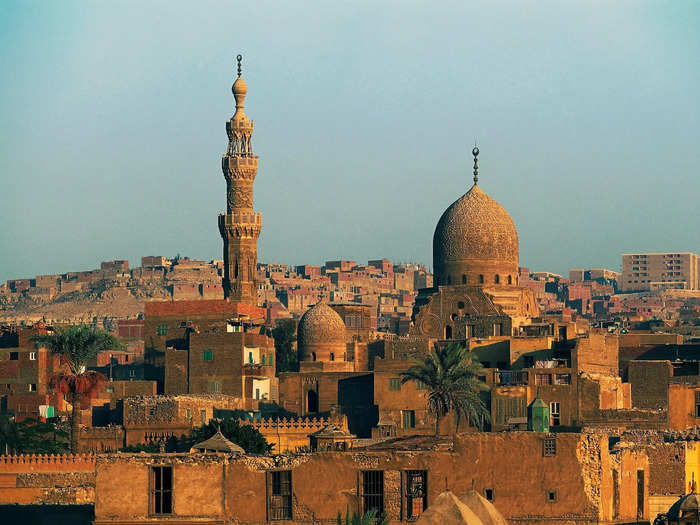
People buried there include Egyptian politicians, royalty, poets, and scholars, as well as regular Egyptians. Each person gets a walled plot and a surrounding garden.
Highways have been built going over some of the graveyards as well as right through them.
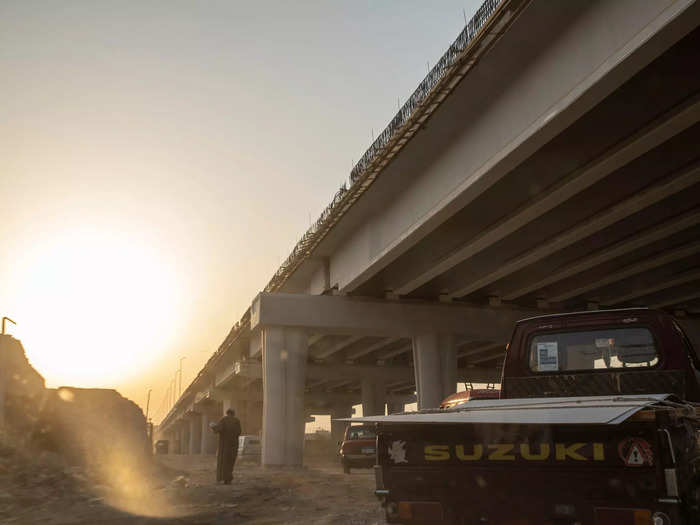
As of May 2023, thousands of graves across the city have been destroyed.
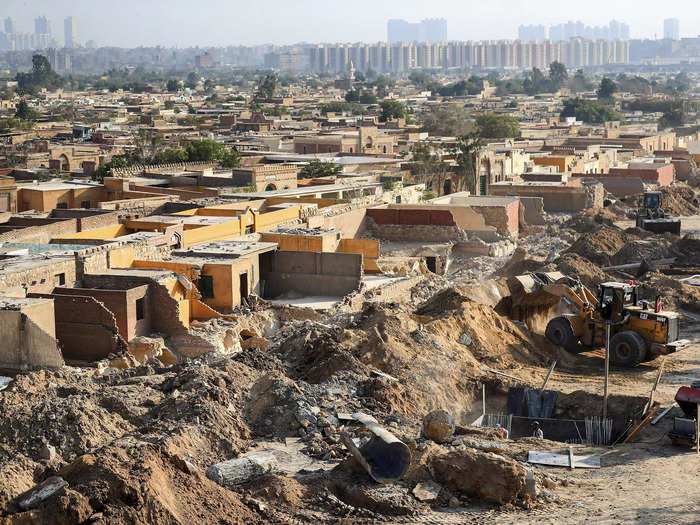
One daughter told the BBC the whole process had been doubly traumatic.
"First my mother — my mentor — passed away last year," she said. "Now I am digging up her fresh body and my grandparents' remains, putting them in sacks, and driving away to rebury them in new graves in the desert."
Some tombstones have been removed and then left abandoned on the street.

The Egyptian government has said it won't destroy any monuments designated as historic sites.
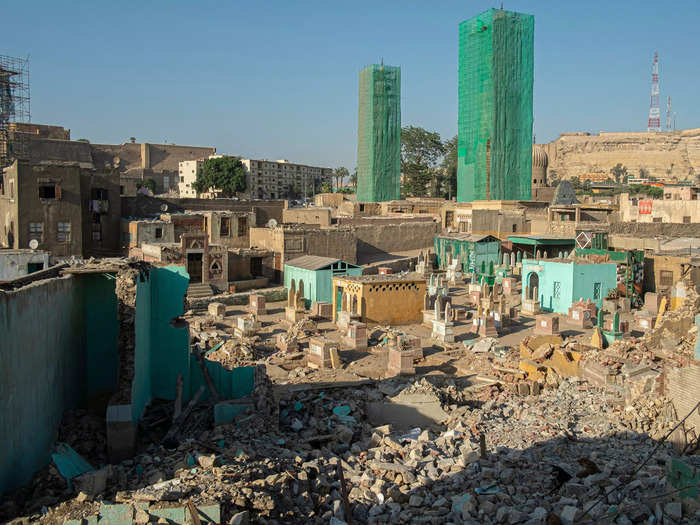
But critics have said this is a meaningless promise since most sites aren't registered.
It's not just the dead that are affected either. Thousands of people who live in the City of the Dead have been, or will be, forced to relocate.
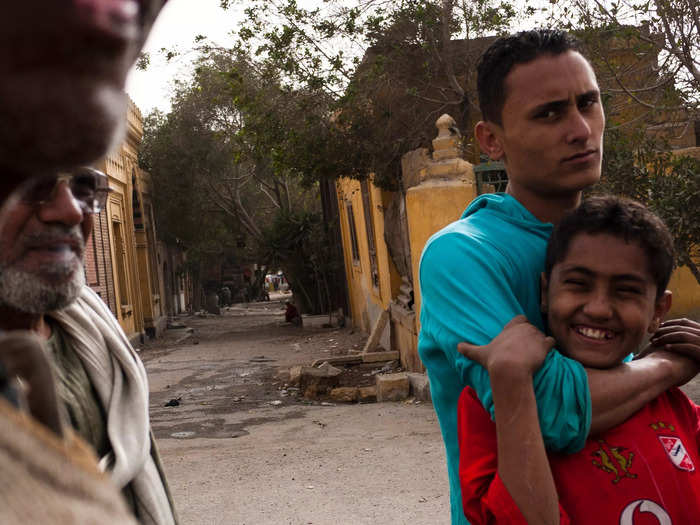
It's not immediately clear how many people currently live there. The last count was in the 1980s. Then, an architect who studied the cemetery estimated that 180,000 people were living there, and it's likely more have moved there in the decades since.
Residents typically put their beds in rooms around the edges of shrines.
For those losing their homes, the government has offered to move them to new public housing out in the desert.
Thousands of residential apartments have already been built in the New Administrative Capital.
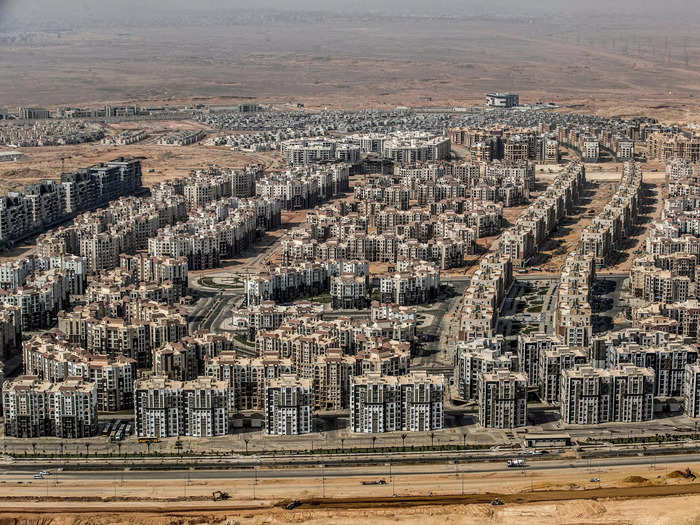
But some critics fear the apartments will be likely too expensive for most people. Urban planners have said the focus should be on fixing current housing instead of building new, unaffordable housing.
"The government built the new capital to say that we have a modern state and that we look like Dubai," Cairo University professor of urban planning Sameh El Alayli told the Wall Street Journal. "In reality, it's a project to show off skyscrapers, rather than address the real needs of the country."
Many of Cairo's public green spaces have also been destroyed for the new highways.
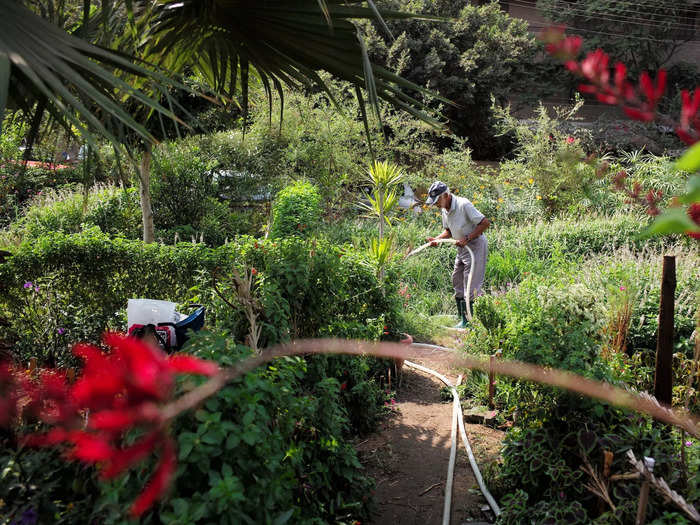
Between 2019 and 2020, in one neighborhood called Heliopolis, which covers about 20% of Cairo, about 100 acres of greenery were destroyed — equivalent to roughly 73 football fields.
Recently, the government promised that new gardens would be planted where the City of the Dead was razed.
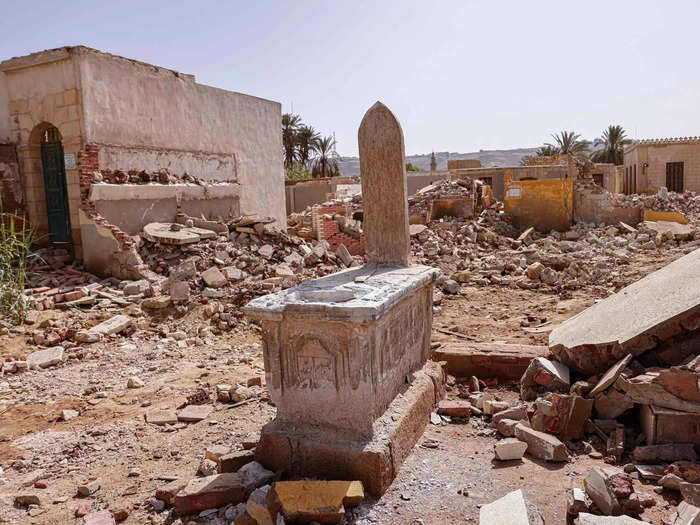
In a press conference, Egyptian Prime Minister Mostafa Madbouly explained that gardens would be established in the sites of the old tombs.
El-Sisi also ordered construction on "The Garden for the Immortals," a site that will memorialize important Egyptians whose current gravesites must be moved.
Last year, people living on houseboats on the river Nile — a tradition dating back at least until the 19th century — also lost their homes in Cairo's push towards modernity.
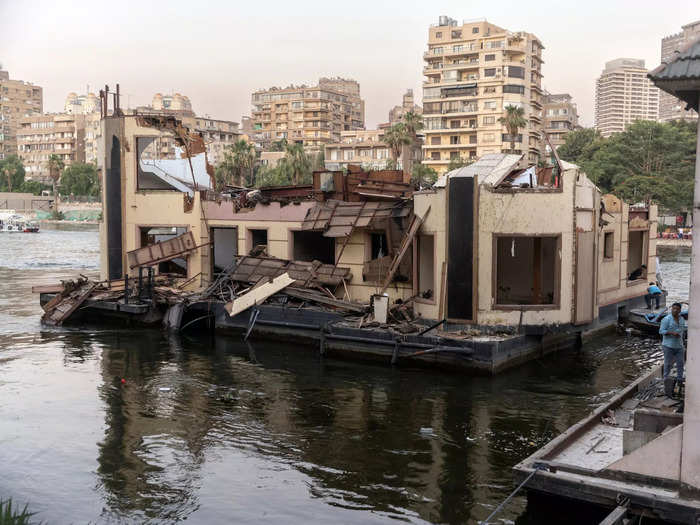
After years of confusing legal red tape and increased fees, the government announced all houseboats would be demolished or towed in 2022.
While the government claims these costs and the changes to Cairo will ultimately be worth it, many disagree.
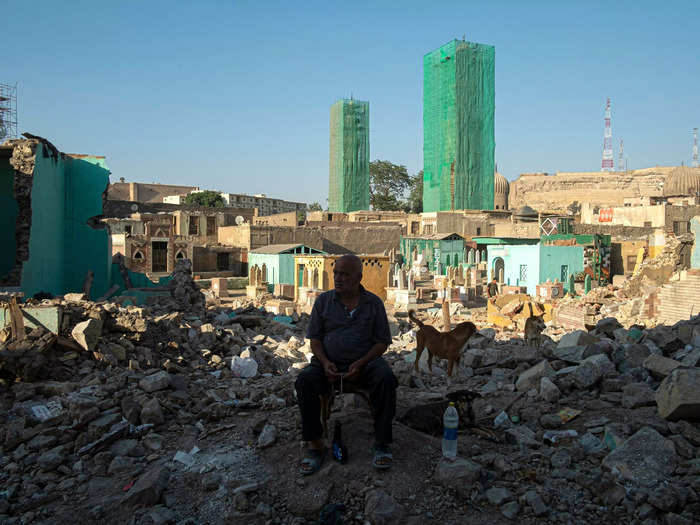
"If you were being invaded, all what you'd care about is your monuments, your trees, your history, your culture," architect Mamdouh Sakr told The New York Times. "And now, it's all being destroyed, without any reason, without any explanation, without any need."
Popular Right Now
Popular Keywords
Advertisement